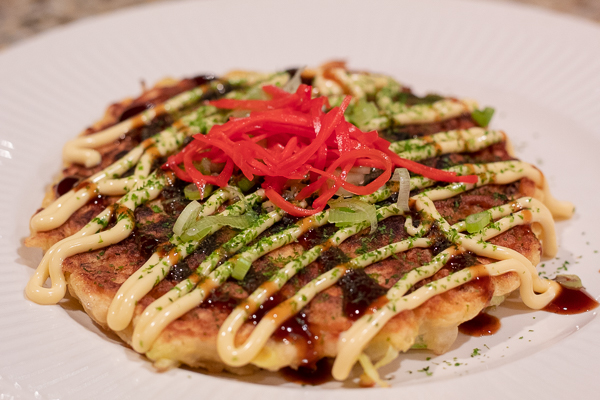Passion Blog
Idea #1: I think I’m going to stick to my previous topic for my passion blog which explored recipes from different places around the world as I made (or struggle to make for that matter) them myself. The blog was a lot of fun to write and I learned a lot throughout the whole process. For this semester, I think I want to focus back on the cultural aspects that tie into the recipe I chose for each week to give the blog a more cultural/sociological aspect to it.
Ideas #2: If I were to change my blog topic, I might write about whatever part of my book I read since my last post or even a “book review” type of thing. If I did go with this choice, I think I’d have to come up with some more guidelines so that my posts aren’t just summaries.
This I Believe
Idea #1: For some reason, I used to be really afraid of the ocean and would even try to avoid it altogether. Once I forced myself to actually go and get in the water again though, my fear was suddenly lifted. That is why I believe that confrontation is the best (if not the only way) to truly overcome a fear. I had the same experience with many things (driving, interviews) but those fears were all resolved by just jumping in there.
Idea #2: For my second idea, I want to explore my belief that music is an important source of communication, rather than just entertainment. I’m just someone who really likes music, and pretty much all types at that. I’d have to spend more time brainstorming an actual personal experience that relates to this topic but I’m sure I could find one no matter how small it is.
Civic Issues Blog
For my Civic Issues blog, I think I’ve managed to boil down some of my interests into two main topics.
Education and Equity: There are so many factors that affect someone’s education and a lot of differences in the quality of that education based on location (and cost for college). If I got a little bit more specific, I think that I would be able to come up with a lot of topics that I could explore under this category. For example, for one entry I might compare public school funding in different areas of the country and look at how that funding is associated with testing and things like that. I might also look at something like the SAT consider how test prep, having parents that are knowledgeable about the college process, and things like that are all factors that can significantly improve a student’s performance even though they are resources not everyone has available to them.
The Current Prison System Setup (and exploring other alternatives including those practiced in different parts of the world): I remember reading about the way certain countries view incarceration as instead a place of rehabilitation and how those who participated in that type of incarceration were much less likely to end up being sent back. A few documentaries later, and I found myself frequently considering the proven flaws with the current way the prison system is set up. I also found myself doing a lot of casual research into the success rates of different types of prison systems. If I end up choosing this topic, I might have to make it a little more specific or maybe about one social aspect of the prison system.



 Overall, this recipe was honestly pretty simple. You just have to blend a handful of ingredients to make the pesto, cook some pasta, and boil potatoes and green beans. Some recipes are very specific about what type of pasta to use for your dish, while others seem to say it doesn’t really matter. I ended up just using whatever I had in my kitchen, which was fettuccini. To save space and time, I even cooked the potatoes with the pasta. Even though it’s not hard at all, this recipe definitely feels very authentic. Maybe it’s because I had to read parts of it in Italian, but this recipe made me feel like I was really engaging in Italian culture. I always thought that making my own pesto would be too much work, so I always opted for the jarred pesto option. After this week though, I now know that not only is making it not difficult at all but the whole recipe takes not much more work than making plain pasta. I’ll definitely have to make it a regular dinner meal.
Overall, this recipe was honestly pretty simple. You just have to blend a handful of ingredients to make the pesto, cook some pasta, and boil potatoes and green beans. Some recipes are very specific about what type of pasta to use for your dish, while others seem to say it doesn’t really matter. I ended up just using whatever I had in my kitchen, which was fettuccini. To save space and time, I even cooked the potatoes with the pasta. Even though it’s not hard at all, this recipe definitely feels very authentic. Maybe it’s because I had to read parts of it in Italian, but this recipe made me feel like I was really engaging in Italian culture. I always thought that making my own pesto would be too much work, so I always opted for the jarred pesto option. After this week though, I now know that not only is making it not difficult at all but the whole recipe takes not much more work than making plain pasta. I’ll definitely have to make it a regular dinner meal.